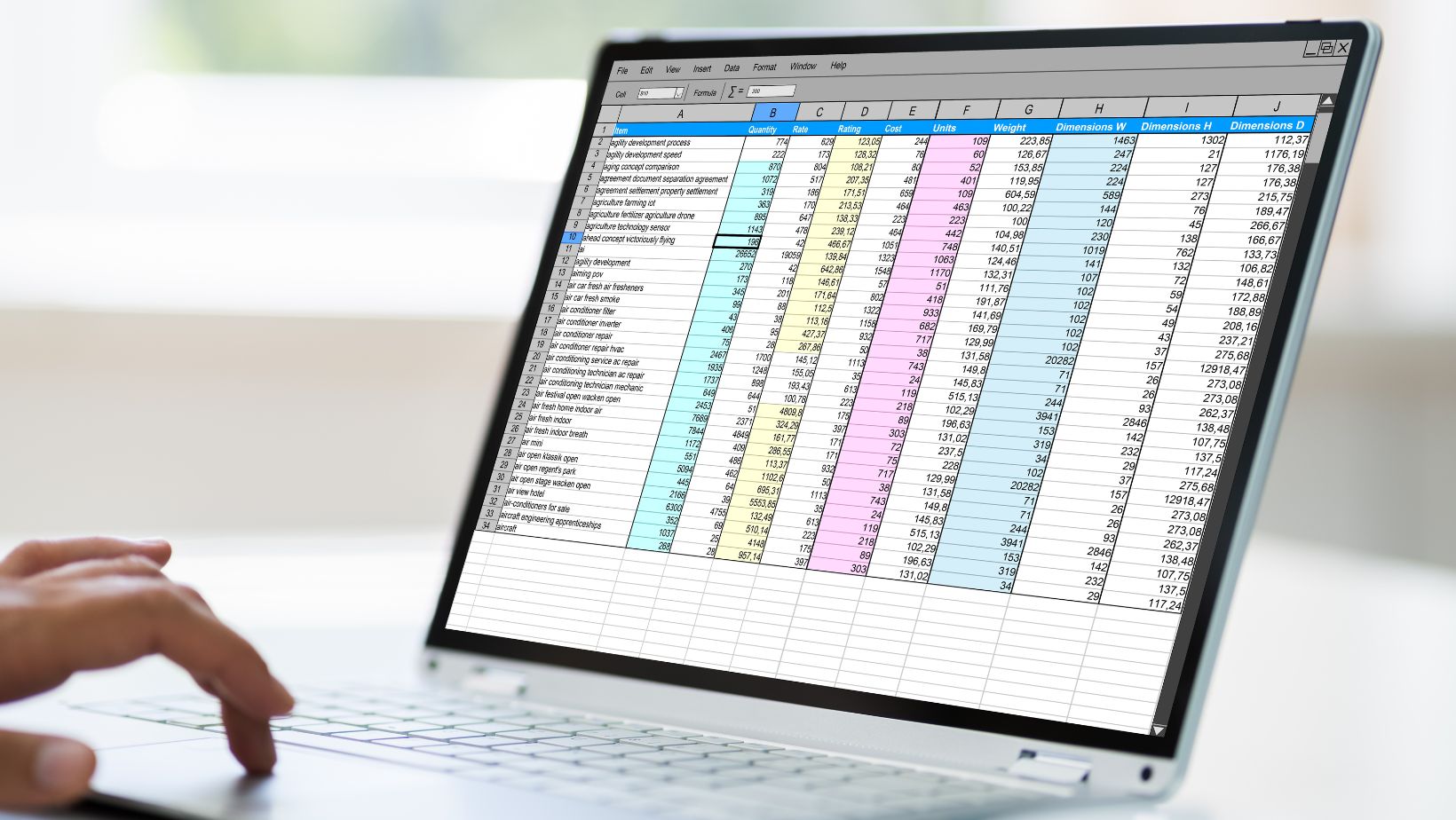
In today’s volatile economy, reacting to change isn’t enough. Companies need to predict what’s next—and that’s where the next generation of FP&A (Financial Planning and Analysis) is headed.
With the integration of AI, machine learning, and predictive analytics, FP&A is evolving from a backward-looking reporting function into a forward-facing intelligence engine. For finance leaders, this shift isn’t just about efficiency—it’s about unlocking strategic advantage.
From Spreadsheets to Smart Forecasting
Traditional FP&A relies on historical data, static budgets, and periodic reporting. But these legacy processes struggle to keep up with:
- Rapid market shifts
- Geopolitical uncertainty
- Complex supply chains
- Real-time customer behavior
Enter AI-driven FP&A tools—platforms that continuously analyze financial and operational data, detect patterns, and simulate multiple outcomes at once.
All the best financial planning and analysis software offer capabilities like:
- Rolling forecasts that update daily
- Anomaly detection for early warning signs
- Automated scenario modeling to plan for “what-if” risks
- NLP interfaces so executives can ask questions and get instant insights
Why This Matters to the C-Suite
For CFOs, this evolution changes the role of finance from “scorekeeper” to “strategic architect.” The ability to anticipate market moves or operational bottlenecks allows for:
- Faster, data-backed decisions
- Better alignment between finance and operations
- Improved capital allocation
- Enhanced investor confidence through more accurate guidance
How AI-Driven FP&A Can Impact Company Valuation
At the enterprise level, smarter planning tools can impact valuation by:
- Increasing margin efficiency
- Reducing earnings volatility
- Supporting aggressive M&A or product bets with clearer risk models
- Providing analysts with greater clarity on performance levers

Companies that proactively invest in predictive FP&A often signal operational maturity to the market—something public investors and acquirers both prize.
What’s Next?
As AI tools become more accessible, expect even mid-market firms to adopt predictive FP&A models. And as this happens, finance teams will need to shift from spreadsheet jockeys to data storytellers, capable of interpreting machine insights for human decisions.
Final Thought:
In an era of constant disruption, companies that can see around the corner will lead the pack. AI-powered FP&A isn’t just a tech upgrade—it’s a competitive edge.















